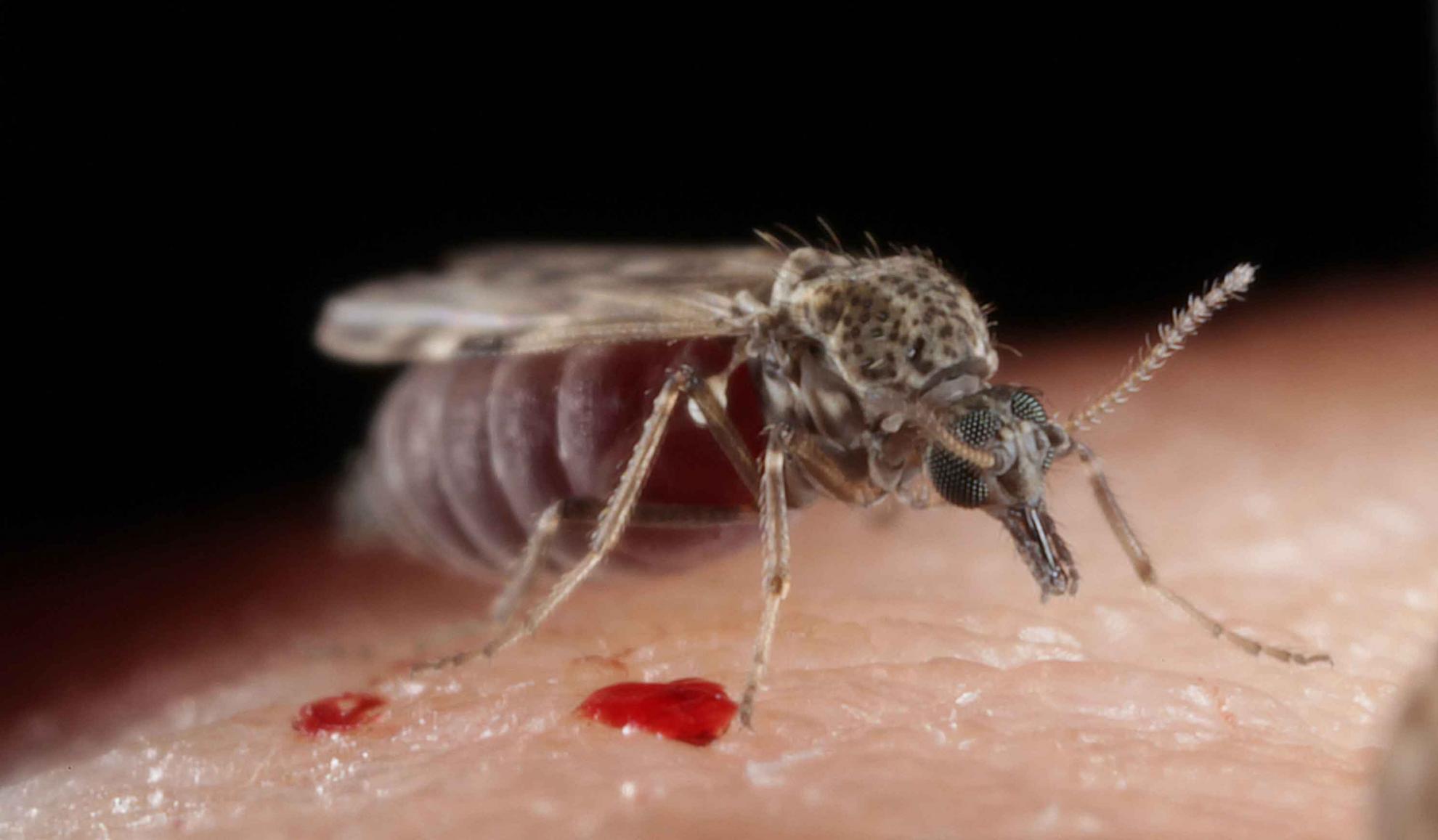Livestock host composition rather than land use or climate explains spatial patterns in bluetongue disease in South India
Culicoides-borne arboviruses of livestock impair animal health, livestock production and livelihoods worldwide. As these arboviruses are multi-host, multi-vector systems, predictions to improve targeting of disease control measures require frameworks that quantify the relative impacts of multiple abiotic and biotic factors on disease patterns. We develop such a framework to predict long term (1992-2009) average patterns in bluetongue (BT), caused by bluetongue virus (BTV), in sheep in southern India, where annual BT outbreaks constrain the livelihoods and production of small-holder farmers. In Bayesian spatial general linear mixed models, host factors outperformed landscape and climate factors as predictors of disease patterns, with more BT outbreaks occurring on average in districts with higher densities of susceptible sheep breeds and buffalo. Since buffalo are resistant to clinical signs of BT, this finding suggests they are a source of infection for sympatric susceptible sheep populations. Sero-monitoring is required to understand the role of buffalo in maintaining BTV transmission and whether they must be included in vaccination programs to protect sheep adequately. Landscape factors, namely the coverage of post-flooding, irrigated and rain-fed croplands, had weak positive effects on outbreaks. The intimate links between livestock host, vector composition and agricultural practices in India require further investigation at the landscape scale.

